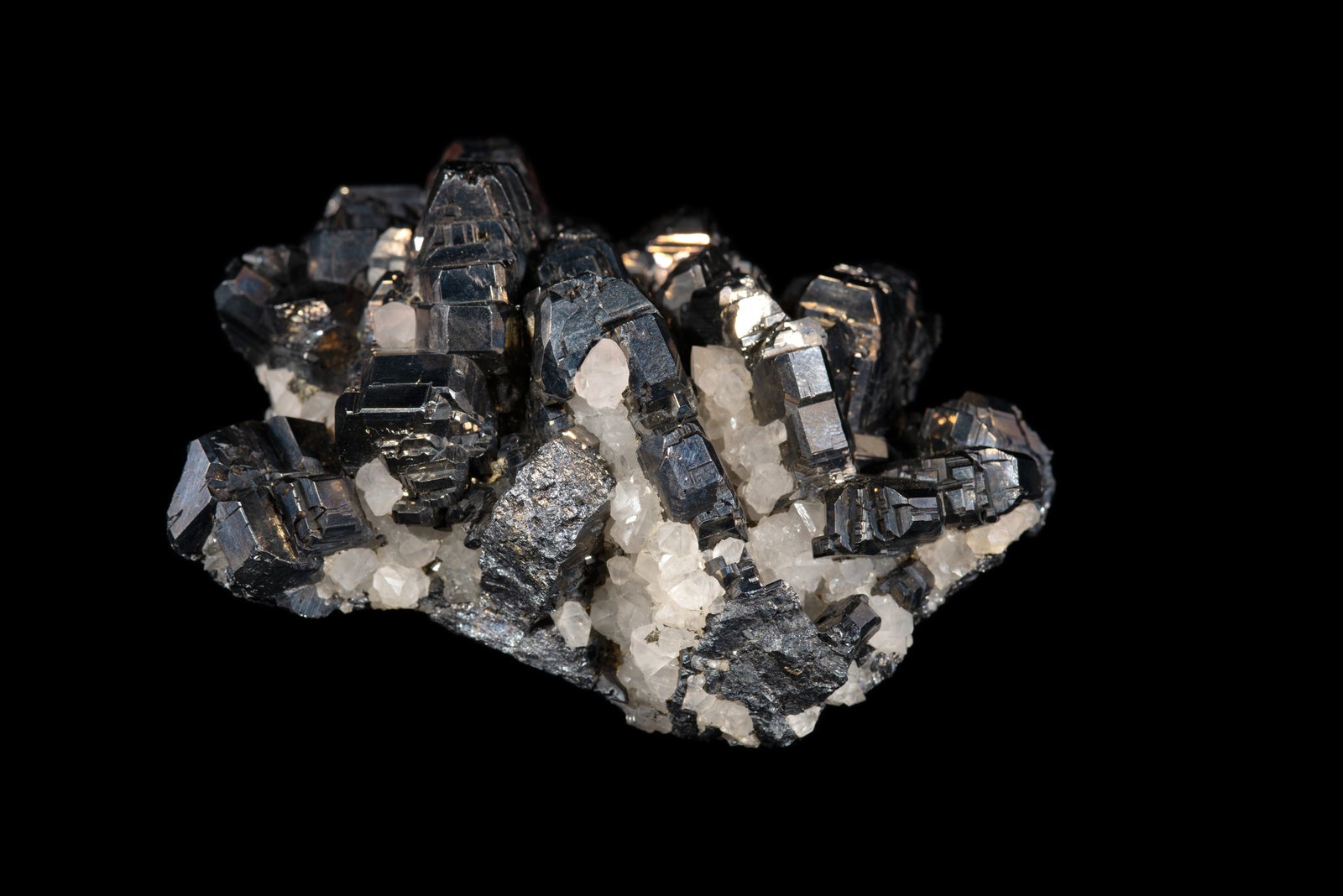
Templo Mayor stands as a monumental testament to the Aztec civilization's grandeur and religious fervor. Located in the heart of modern-day Mexico City, this ancient temple complex was once the epicenter of Tenochtitlan, the Aztec capital. Why is Templo Mayor significant? It served as the main temple for worshipping the gods Huitzilopochtli and Tlaloc, representing war and rain respectively. The temple's dual pyramids symbolize the Aztecs' deep connection to both the heavens and the earth. Excavations have unearthed countless artifacts, offering a glimpse into the rich cultural and spiritual life of the Aztecs. Whether you're a history buff or just curious, these 35 facts about Templo Mayor will transport you back to a time of warriors, gods, and ancient rituals.
Key Takeaways:
- Templo Mayor, an ancient Aztec temple in Mexico City, was dedicated to war and agriculture gods, featured impressive architecture, and continues to impact Mexican culture today.
- The temple's history, artifacts, and cultural significance make it a fascinating and important part of Mexico's past, inspiring art, literature, and celebrations.
The History of Templo Mayor
Templo Mayor, located in the heart of Mexico City, was one of the main temples of the Aztec capital, Tenochtitlán. This ancient site holds a wealth of history and cultural significance.
- Templo Mayor was dedicated to two gods: Huitzilopochtli, the god of war, and Tlaloc, the god of rain and agriculture.
- Construction of the temple began in 1325, the same year Tenochtitlán was founded.
- The temple was rebuilt seven times, each new version built over the previous one.
- Spanish conquistadors destroyed Templo Mayor in 1521 during their conquest of the Aztec Empire.
- The temple's ruins were rediscovered in 1978 by electrical workers digging in Mexico City.
Architectural Marvels
The architecture of Templo Mayor is a testament to the ingenuity and craftsmanship of the Aztecs. Each structure within the temple complex had a specific purpose and design.
- The temple stood about 60 meters (197 feet) tall at its peak.
- It featured a double staircase, each leading to a different shrine at the top.
- The temple was aligned with the cardinal directions, reflecting the Aztecs' cosmological beliefs.
- Templo Mayor's base measured approximately 100 by 80 meters (328 by 262 feet).
- The temple complex included multiple smaller buildings, platforms, and altars.
Religious Significance
Templo Mayor was not just an architectural wonder; it was also a center of religious activity and ceremonies.
- Human sacrifices were performed at the temple to honor the gods and ensure the city's prosperity.
- The temple's twin shrines represented the duality of life and death, war and agriculture.
- Priests conducted elaborate rituals, including offerings of food, flowers, and precious objects.
- The temple was the site of the Aztec New Fire Ceremony, held every 52 years to mark the end of a calendar cycle.
- Templo Mayor was considered the navel of the universe, a sacred point connecting the heavens, earth, and underworld.
Discoveries and Artifacts
Excavations at Templo Mayor have unearthed a treasure trove of artifacts, providing insight into Aztec culture and daily life.
- The Coyolxauhqui Stone, a massive circular stone depicting the dismembered goddess Coyolxauhqui, was found at the base of the temple.
- Archaeologists discovered over 7,000 objects, including pottery, jewelry, and tools.
- A large offering of jaguar bones, shells, and coral was found in one of the temple's layers.
- The remains of a tzompantli, or skull rack, used to display the heads of sacrificial victims, were uncovered.
- A statue of Tlaloc, the rain god, was found near the temple's base, emphasizing the importance of agriculture.
Modern-Day Templo Mayor
Today, Templo Mayor is a significant archaeological site and a popular tourist destination. Efforts to preserve and study the temple continue.
- The Templo Mayor Museum, located adjacent to the ruins, houses many artifacts found during excavations.
- The site was declared a UNESCO World Heritage Site in 1987.
- Ongoing excavations continue to reveal new information about the temple and Aztec civilization.
- The ruins are open to the public, offering a glimpse into the grandeur of the ancient Aztec capital.
- Templo Mayor remains a symbol of Mexico's rich cultural heritage and history.
Cultural Impact
Templo Mayor has left a lasting impact on Mexican culture and identity. Its legacy can be seen in various aspects of modern life.
- The temple is featured on the Mexican 20-peso banknote.
- Templo Mayor has inspired numerous works of art, literature, and film.
- The annual Day of the Dead celebrations in Mexico City often include references to Aztec rituals and beliefs.
- The temple's history is taught in schools across Mexico, emphasizing its importance in the nation's past.
- Templo Mayor serves as a reminder of the resilience and ingenuity of the Aztec people.
Fun Facts
Here are some intriguing tidbits about Templo Mayor that highlight its unique characteristics and history.
- The temple was originally painted in bright colors, including red, blue, and yellow.
- Templo Mayor was one of the largest structures in the Aztec capital, dominating the city's skyline.
- The temple's construction required the labor of thousands of workers over several decades.
- The Aztecs believed that the temple's location was chosen by their god Huitzilopochtli, who guided them to the site.
- Templo Mayor's rediscovery in the 20th century sparked renewed interest in Aztec history and archaeology.
Final Glimpse at Templo Mayor
Templo Mayor stands as a testament to the rich history and culture of the Aztec civilization. This ancient temple, located in the heart of modern-day Mexico City, offers a window into the past with its intricate architecture, religious significance, and fascinating artifacts. From the impressive stone carvings to the sacred rituals once performed there, Templo Mayor continues to captivate historians and tourists alike.
Understanding the importance of Templo Mayor helps us appreciate the ingenuity and spirituality of the Aztecs. Whether you're a history buff or just curious about ancient cultures, this site provides endless opportunities for exploration and learning. So next time you find yourself in Mexico City, make sure to visit Templo Mayor and experience firsthand the grandeur of this historical marvel. It’s a journey through time you won’t soon forget.
Frequently Asked Questions
Was this page helpful?
Our commitment to delivering trustworthy and engaging content is at the heart of what we do. Each fact on our site is contributed by real users like you, bringing a wealth of diverse insights and information. To ensure the highest standards of accuracy and reliability, our dedicated editors meticulously review each submission. This process guarantees that the facts we share are not only fascinating but also credible. Trust in our commitment to quality and authenticity as you explore and learn with us.


